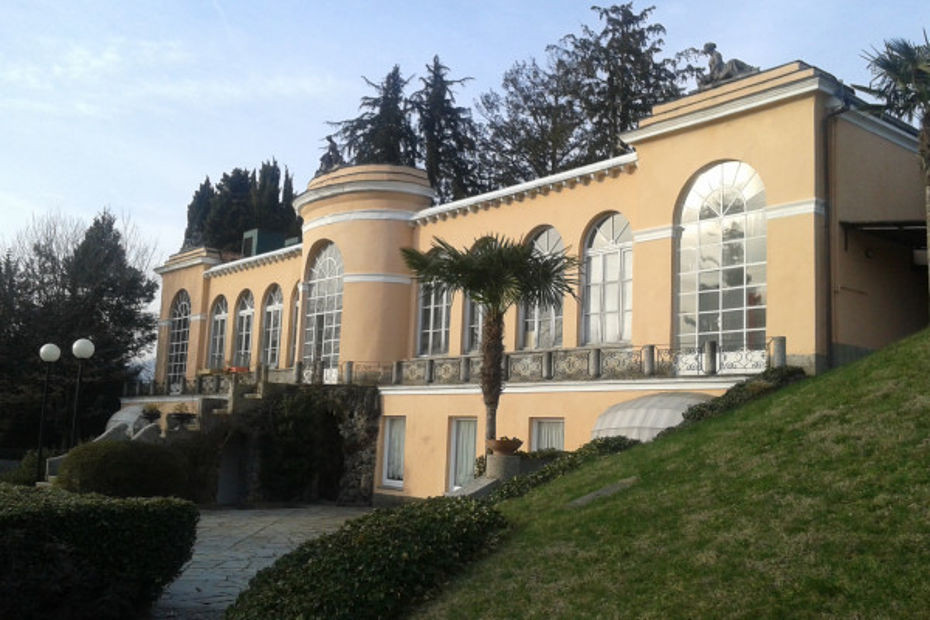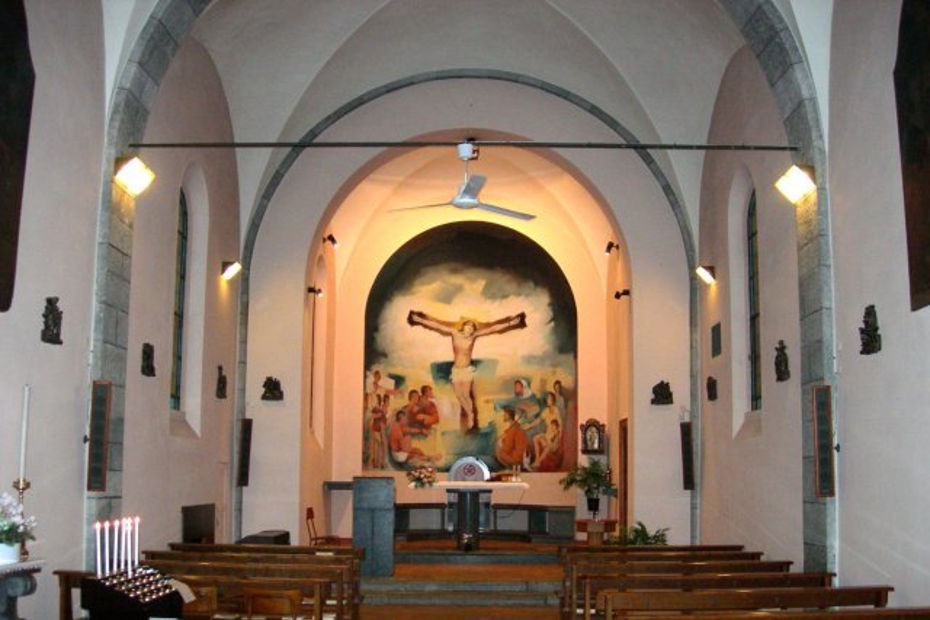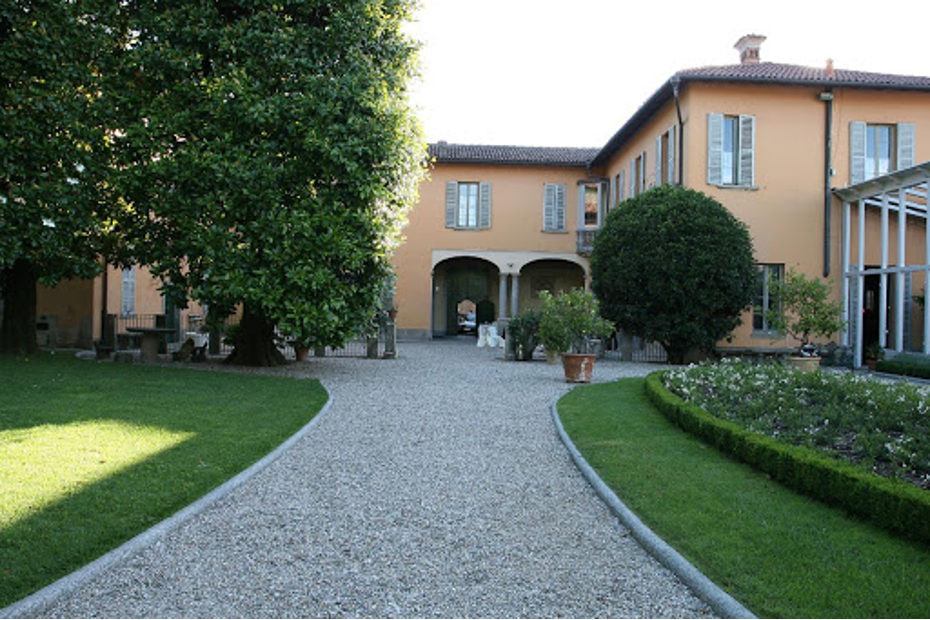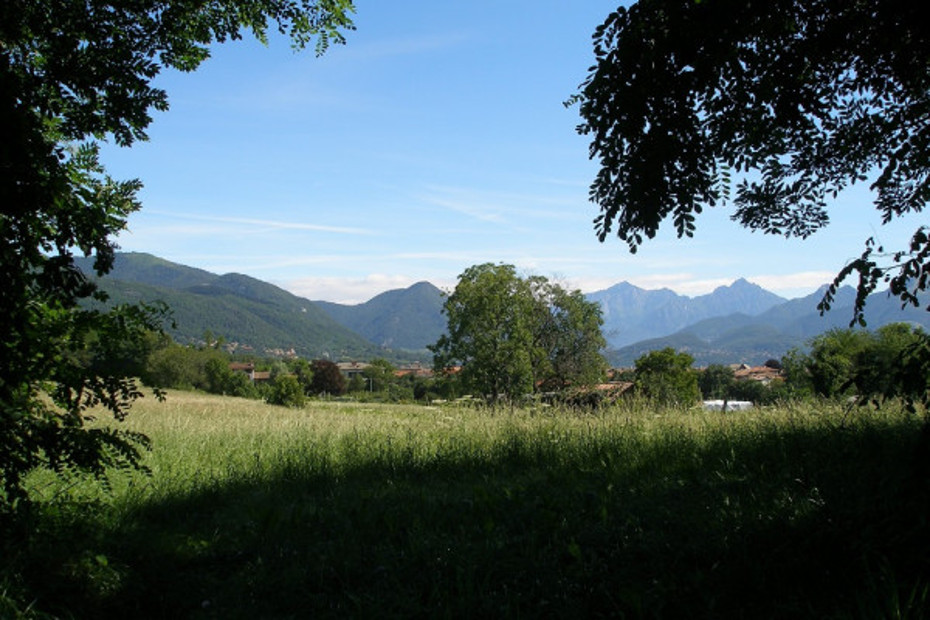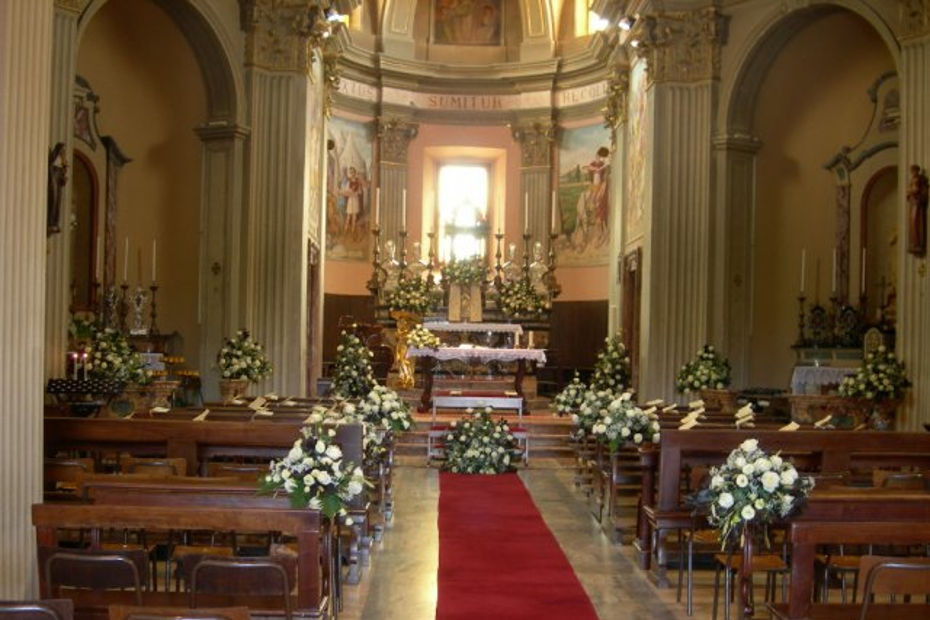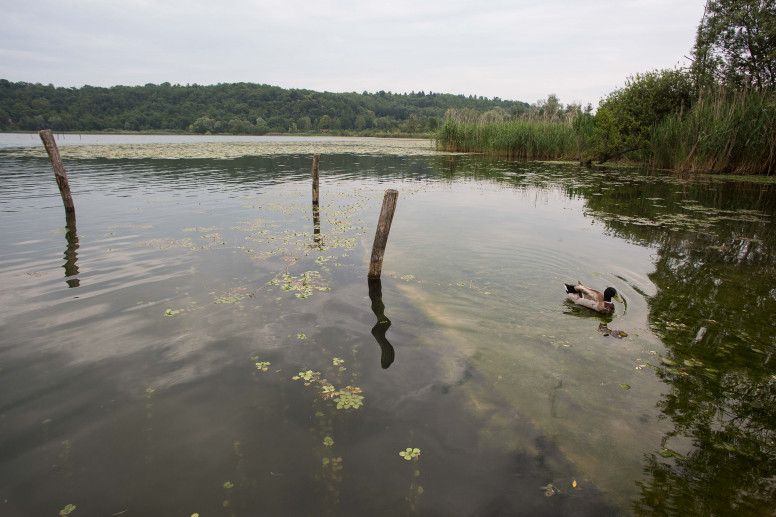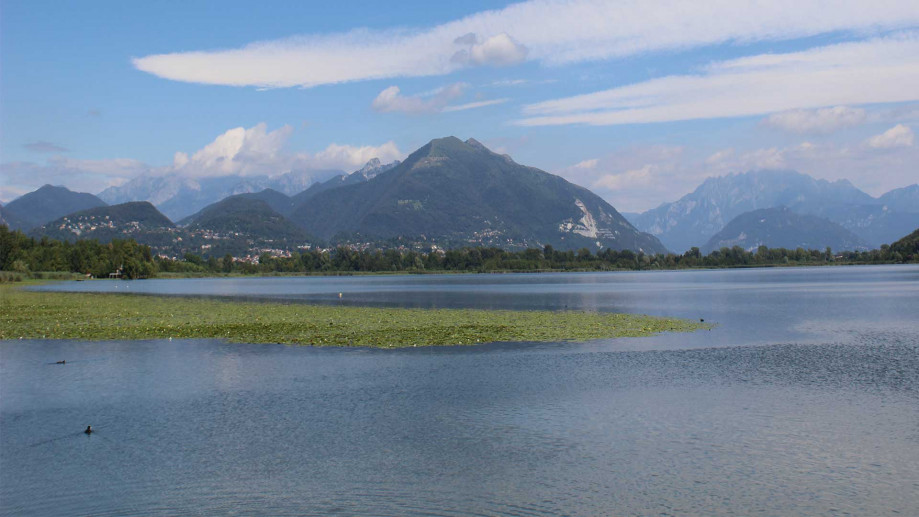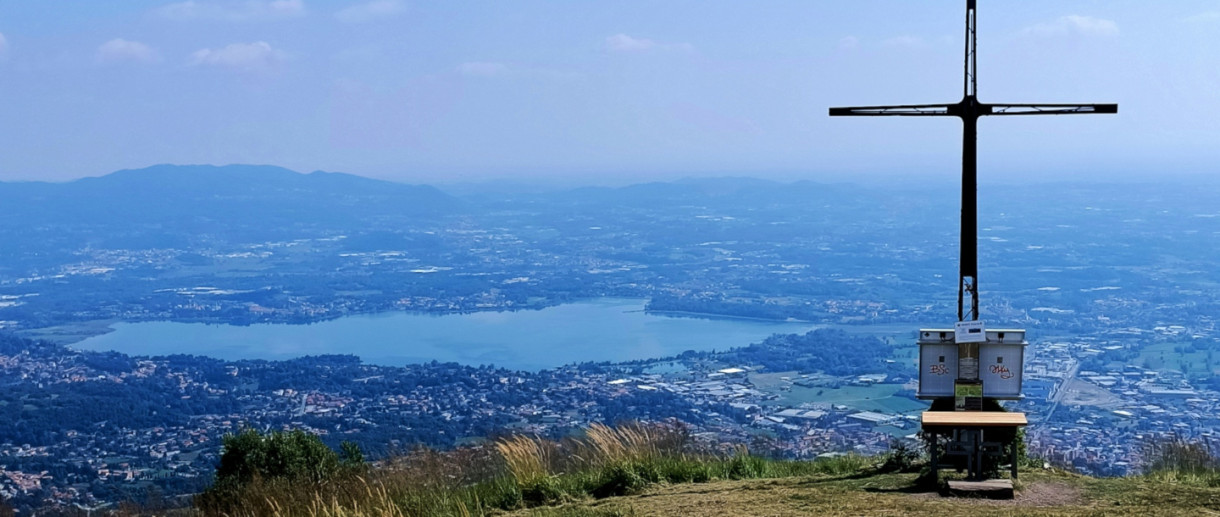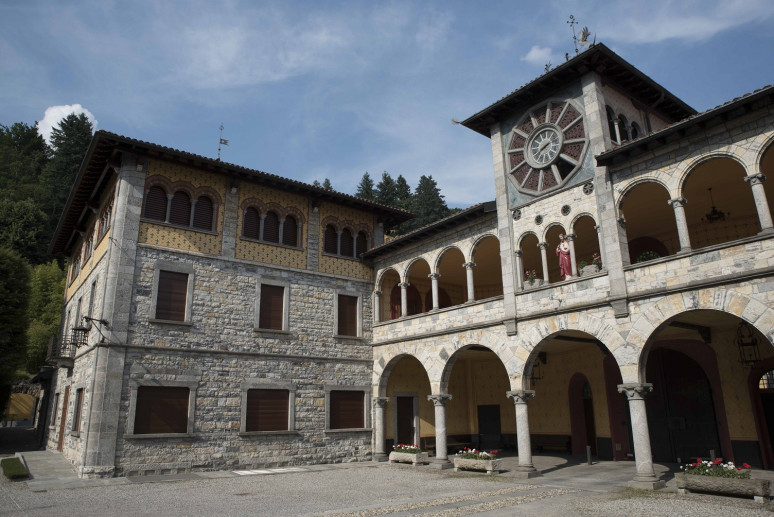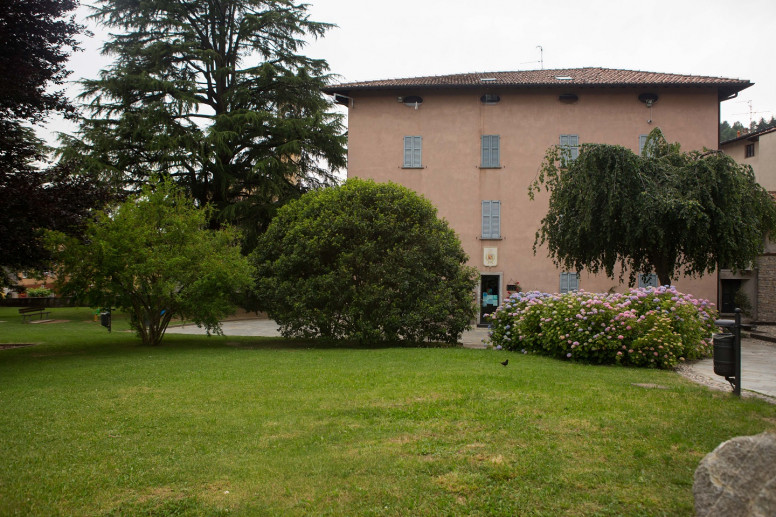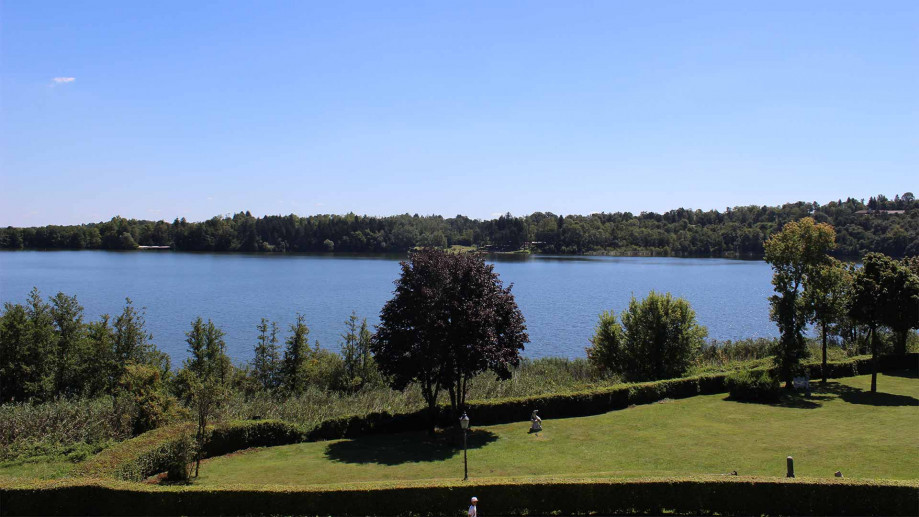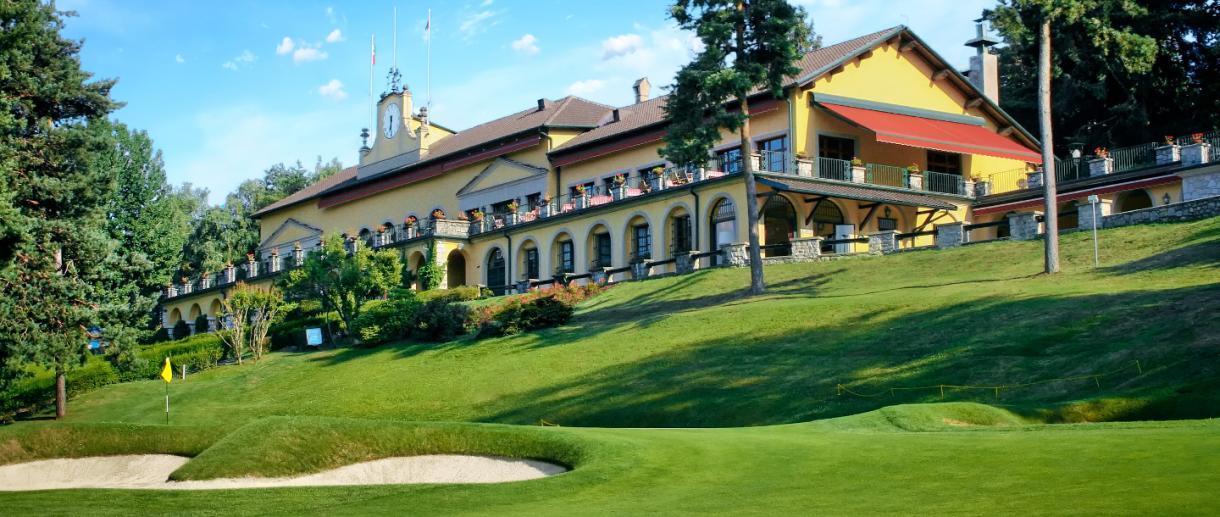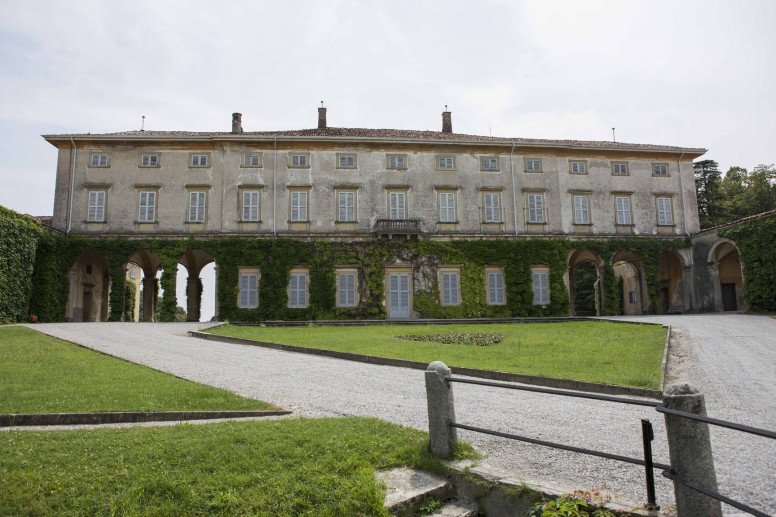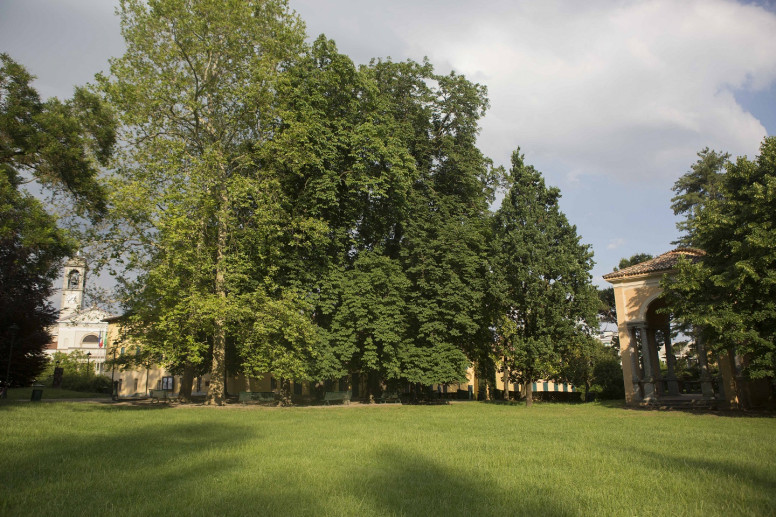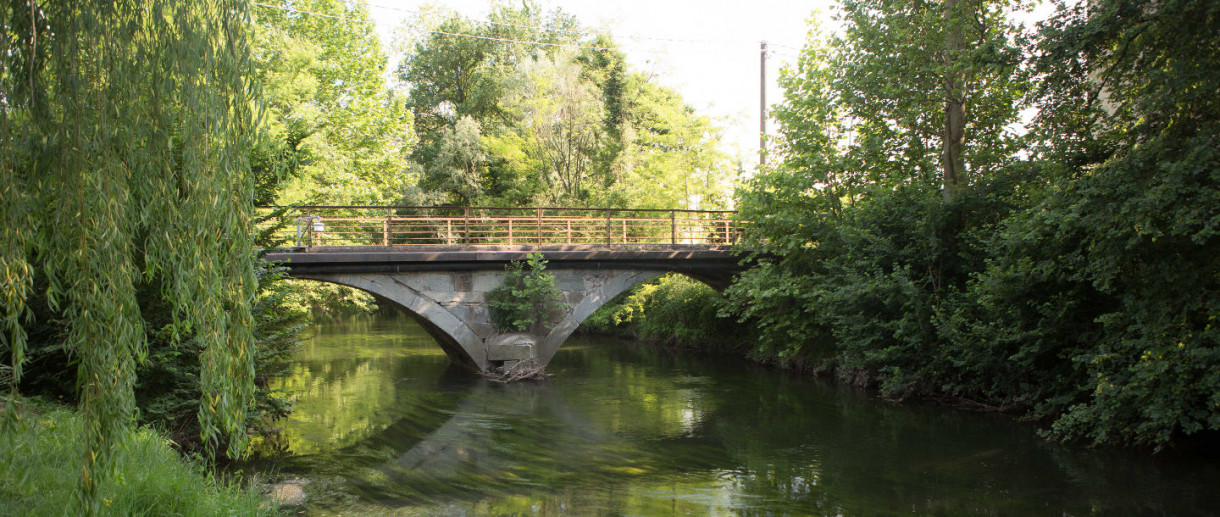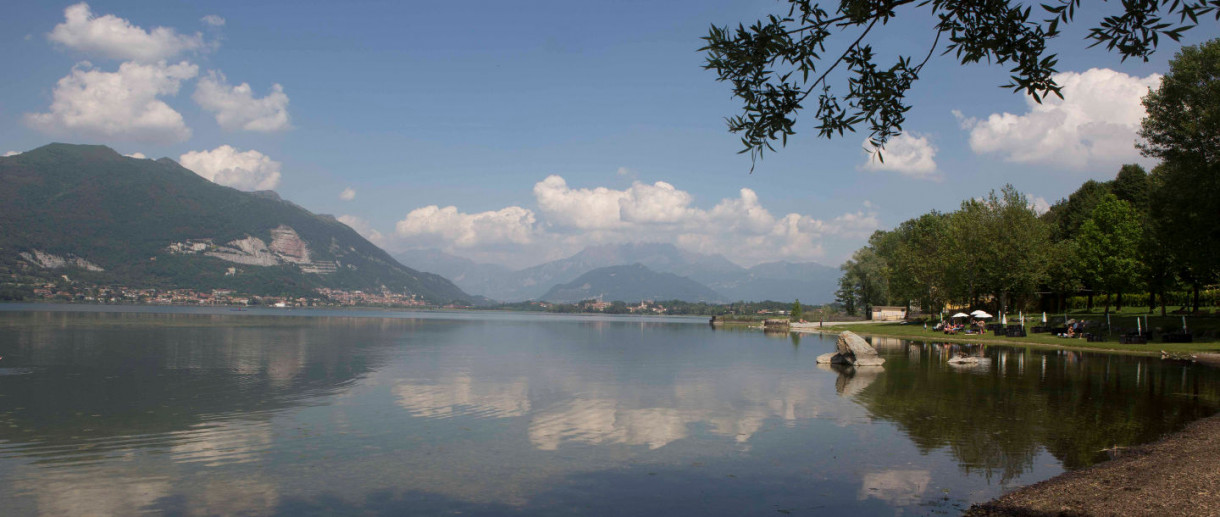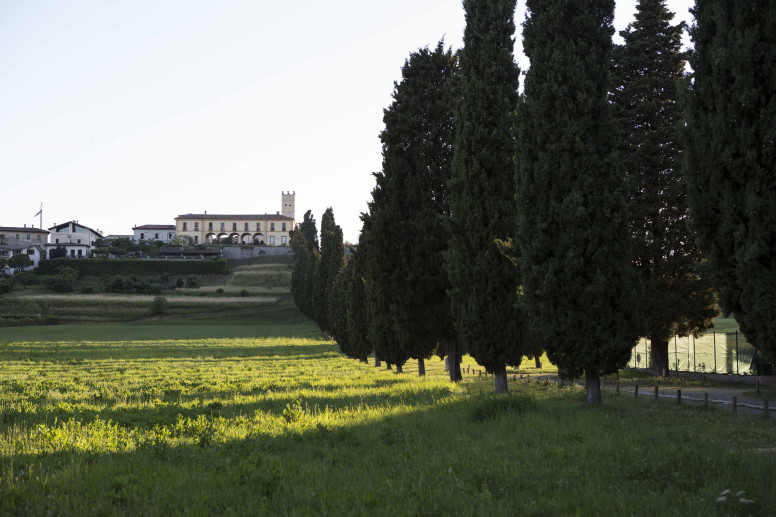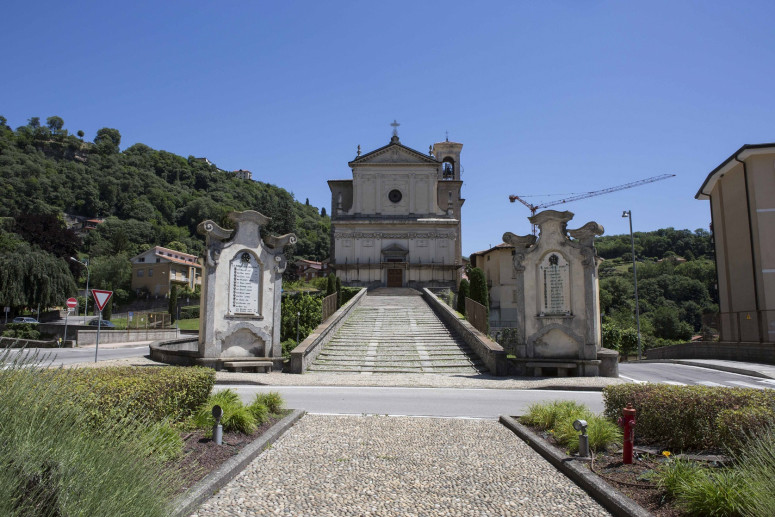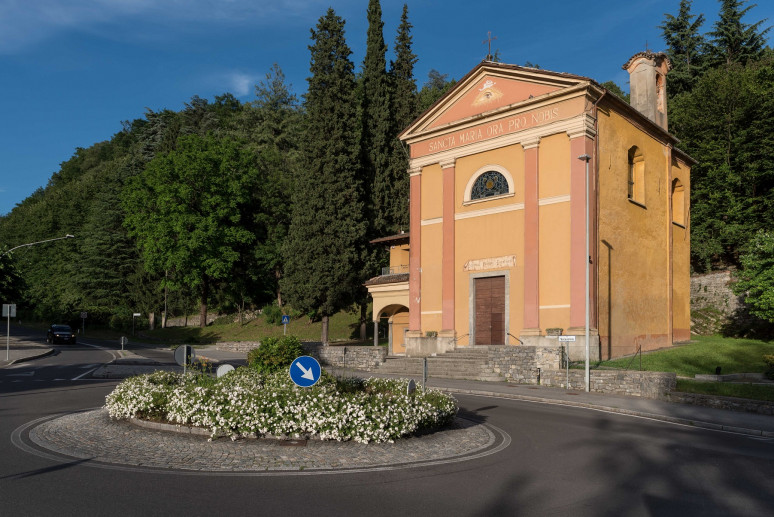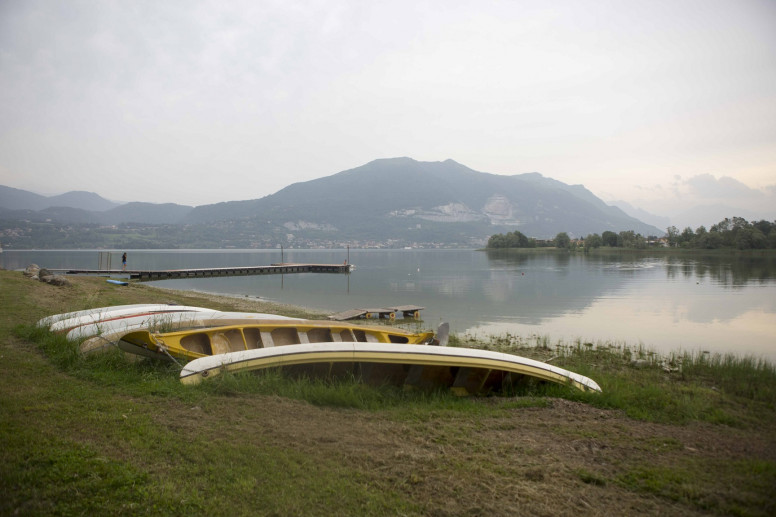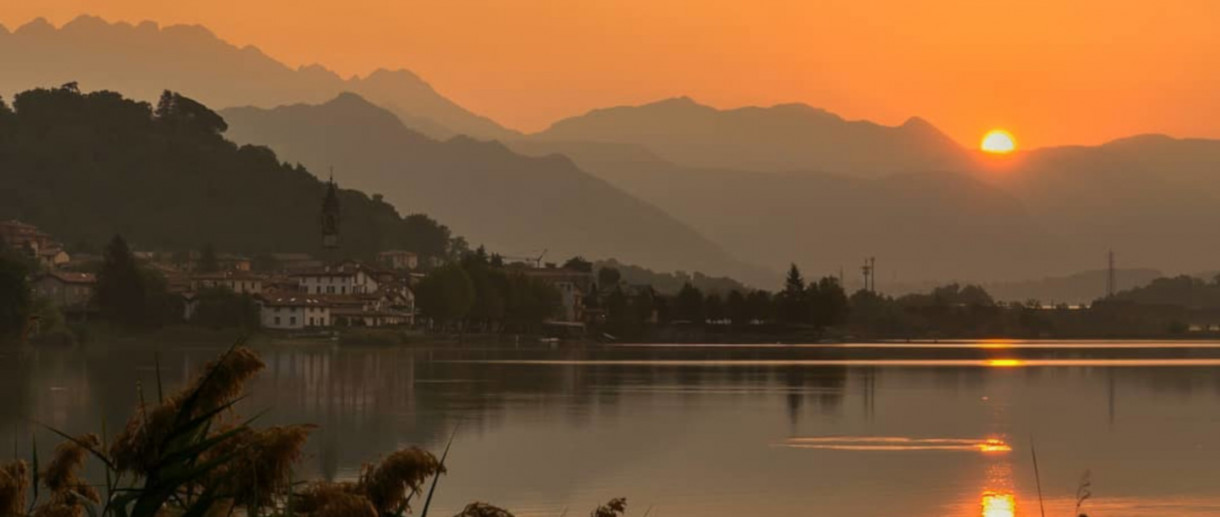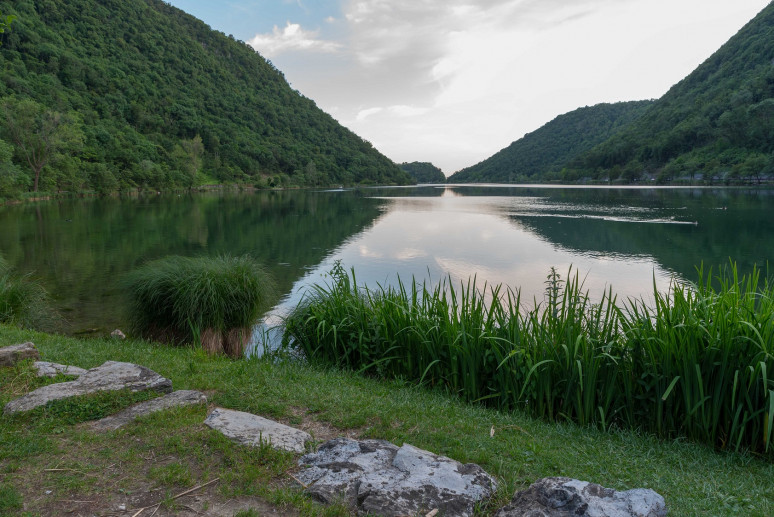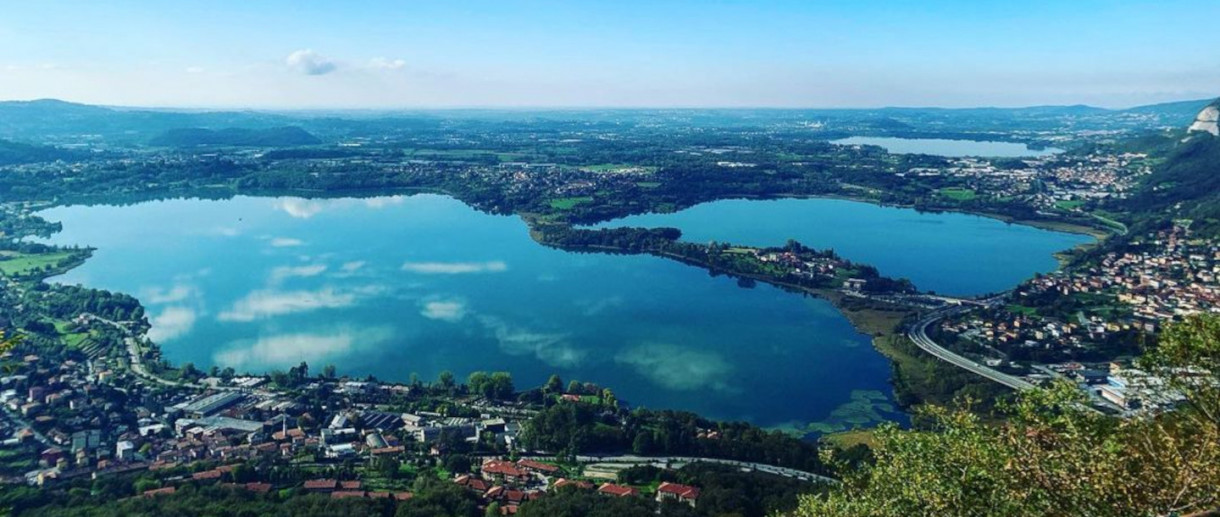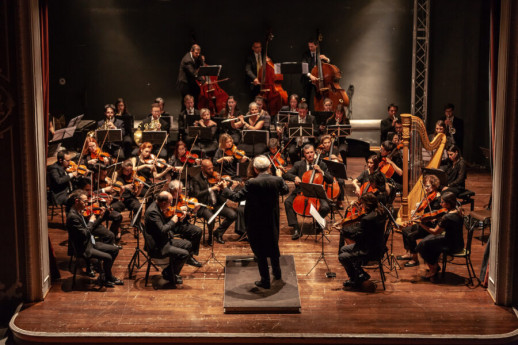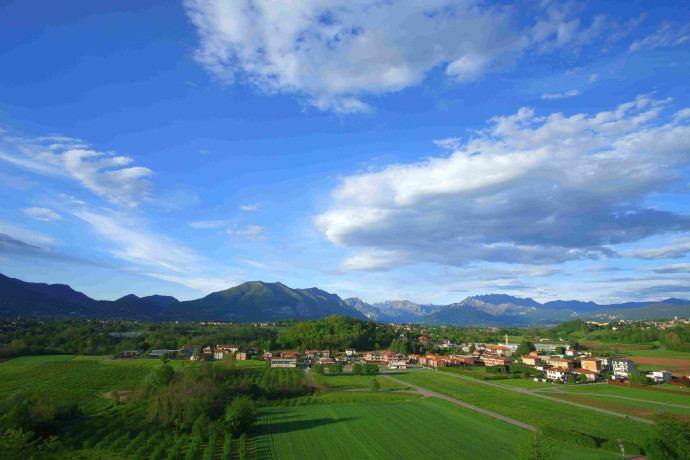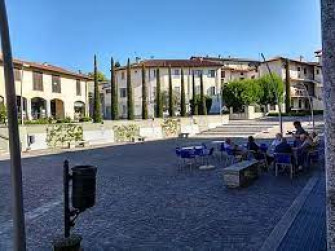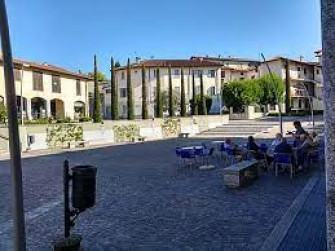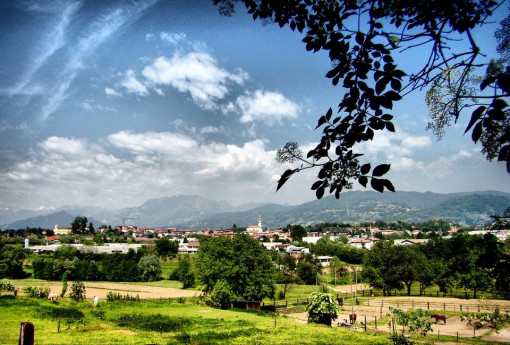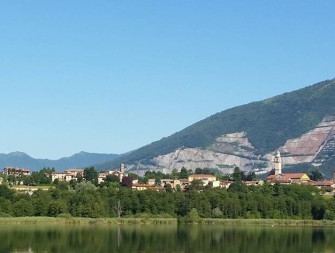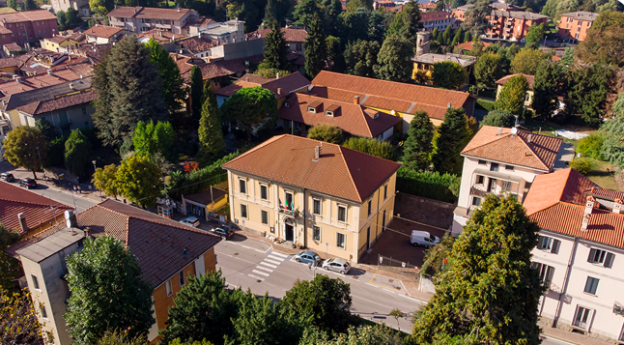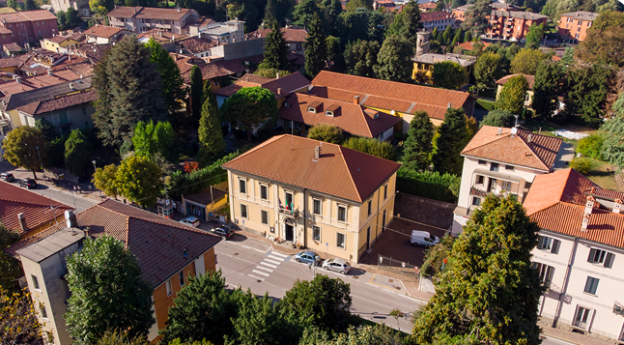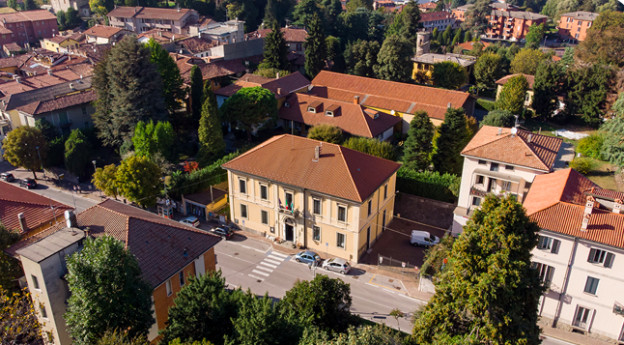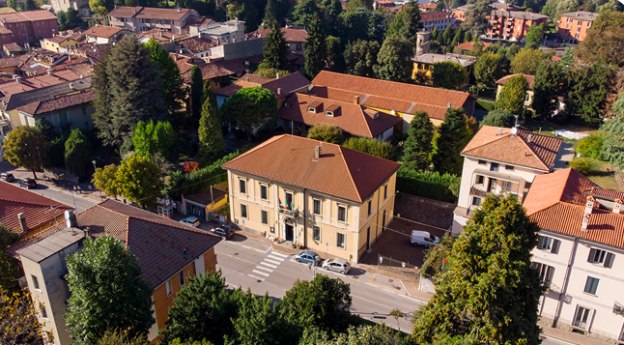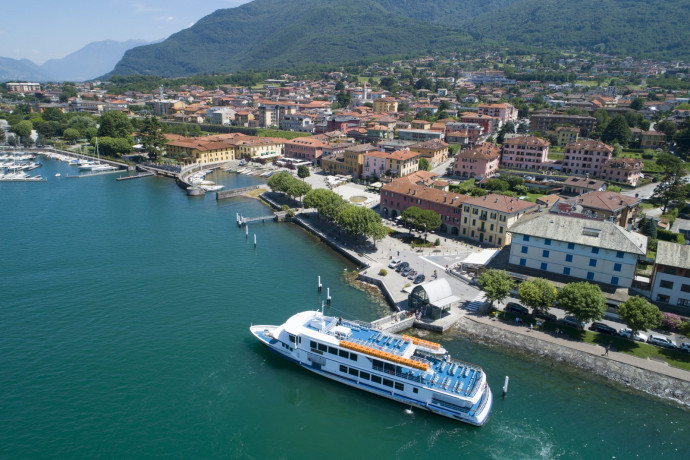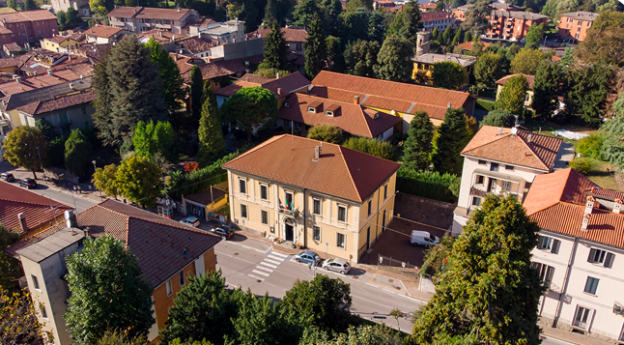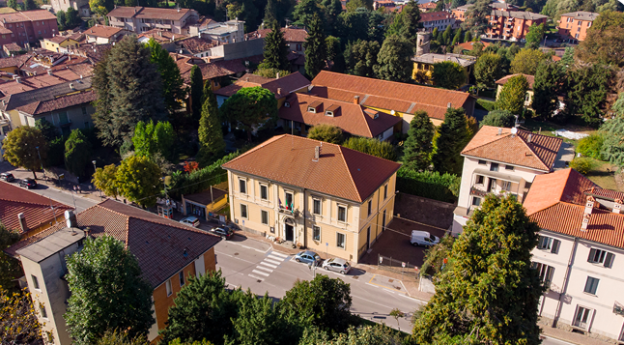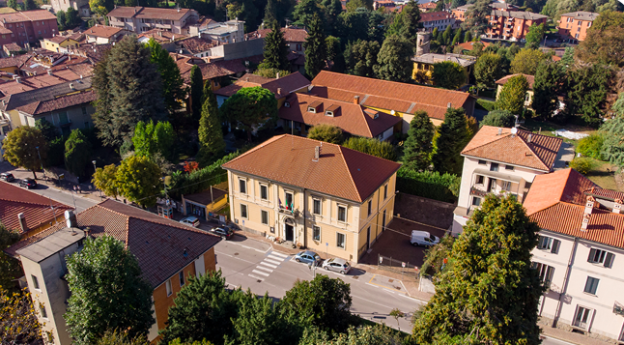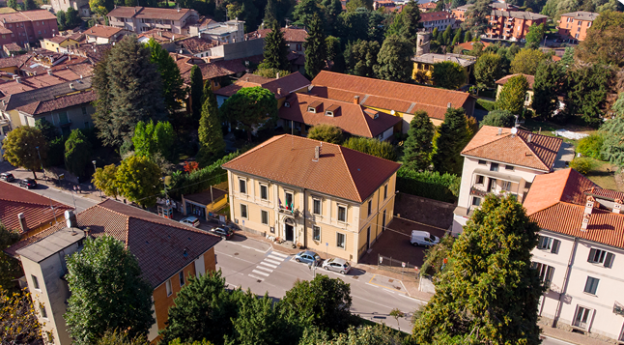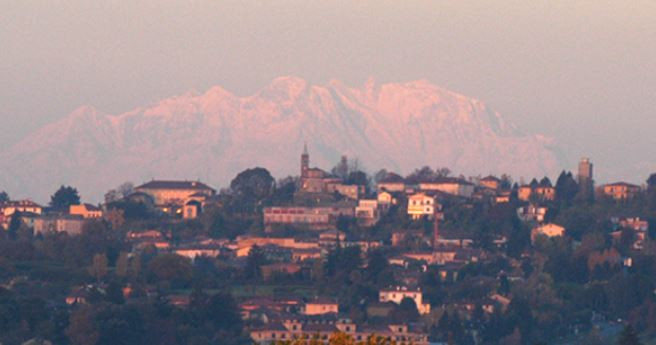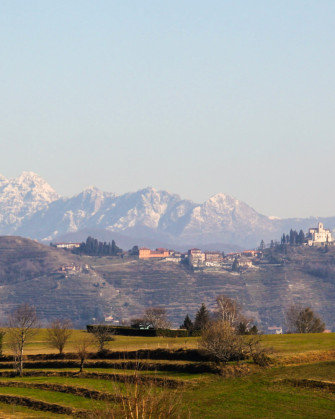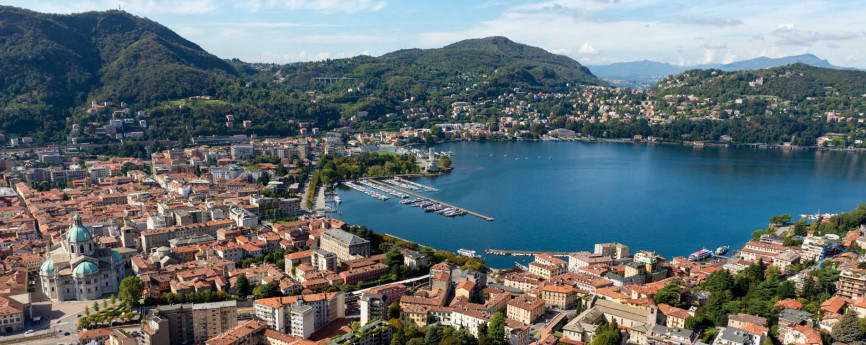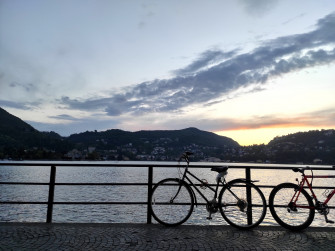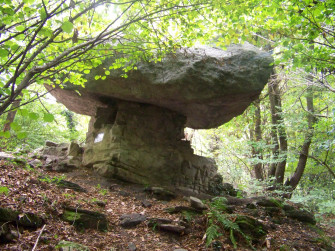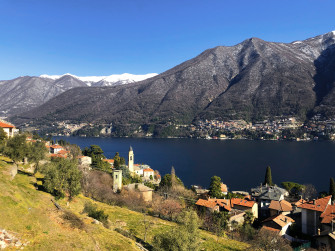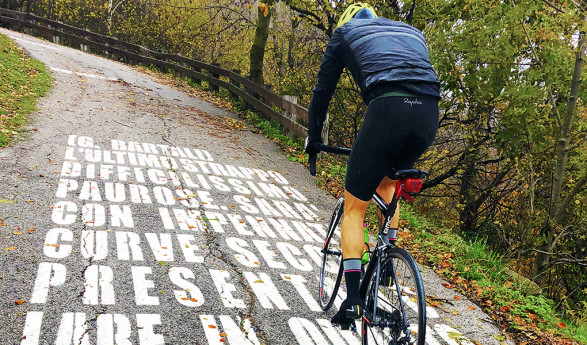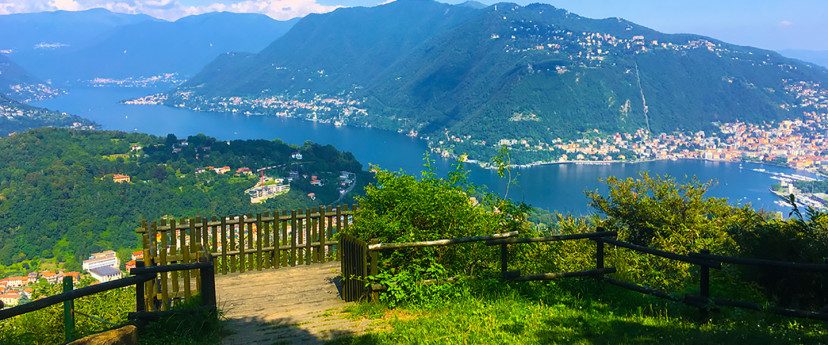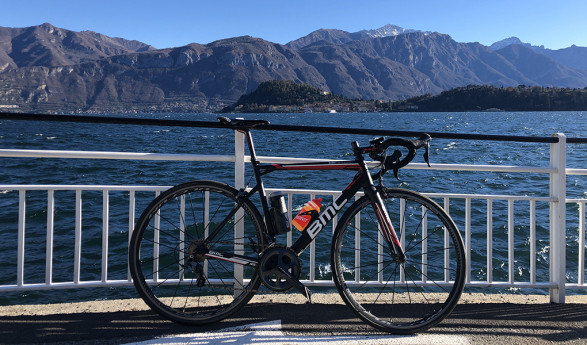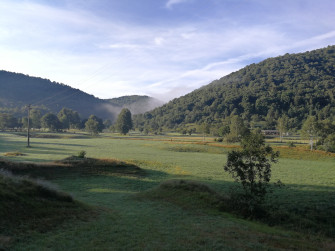- Active & Green
- Art & Culture
- Villages
- Lakes
Orsenigo
The history of the village, its villas and green landscapes
The municipality of Orsenigo is in a morainic area that originated in the Quaternary Period and it comprises the towns of Orsenigo, Parzano, Foppa, Lavandaio, Dosso Pelato, San Giuseppe and Cassinazza.
The first traces of human settlement date back to 300-200 B.C.. During medieval times, Orsenigo was an important castle that played a significant role in 1100, in the war between Frederick I Barbarossa and the Milanese.
In 1441, the municipalities of Orsenigo and Parzano were granted as a fief to the Dal Verme counts by Duke Filippo Maria Visconti. Orsenigo and Parzano were first mentioned as part of the same territory in 1751, when administration methods for all State municipalities were inspected by the Royal Census Board in Milan for the Austrians. In 1753, this area was again divided into two separate entities: Orsenigo con Parzano and Orsenigo altra porzione, both belonging to the Duchy of Milan. Not until 1755, with subdivision of Lombardy into provinces, was the municipality of Orsenigo con Parzano added to the Province of Como. From 1807 to 1815, Orsenigo con Parzano was a part of the municipality of Alzate.
With the withdrawal of the Austrians, all modifications were voided and the rebuilt municipality of Orsenigo con Parzano once again became a part of the district of Erba.
In 1853, the municipality of Orsenigo, which included the town of Parzano, was officially and permanently proclaimed part of the Province of Como.
In 1900 , the painter Filippo Carcano (1840-1914), a pupil of Hayez, stayed in Orsenigo and painted many characteristic landscapes.
Among the monuments of particular interest we remember the imposing eighteen-century Villa Marelli, the Villa del Soldo Park, the Palazzo del Tergelio, the church of S.Biagio and the church of S. Martino.
